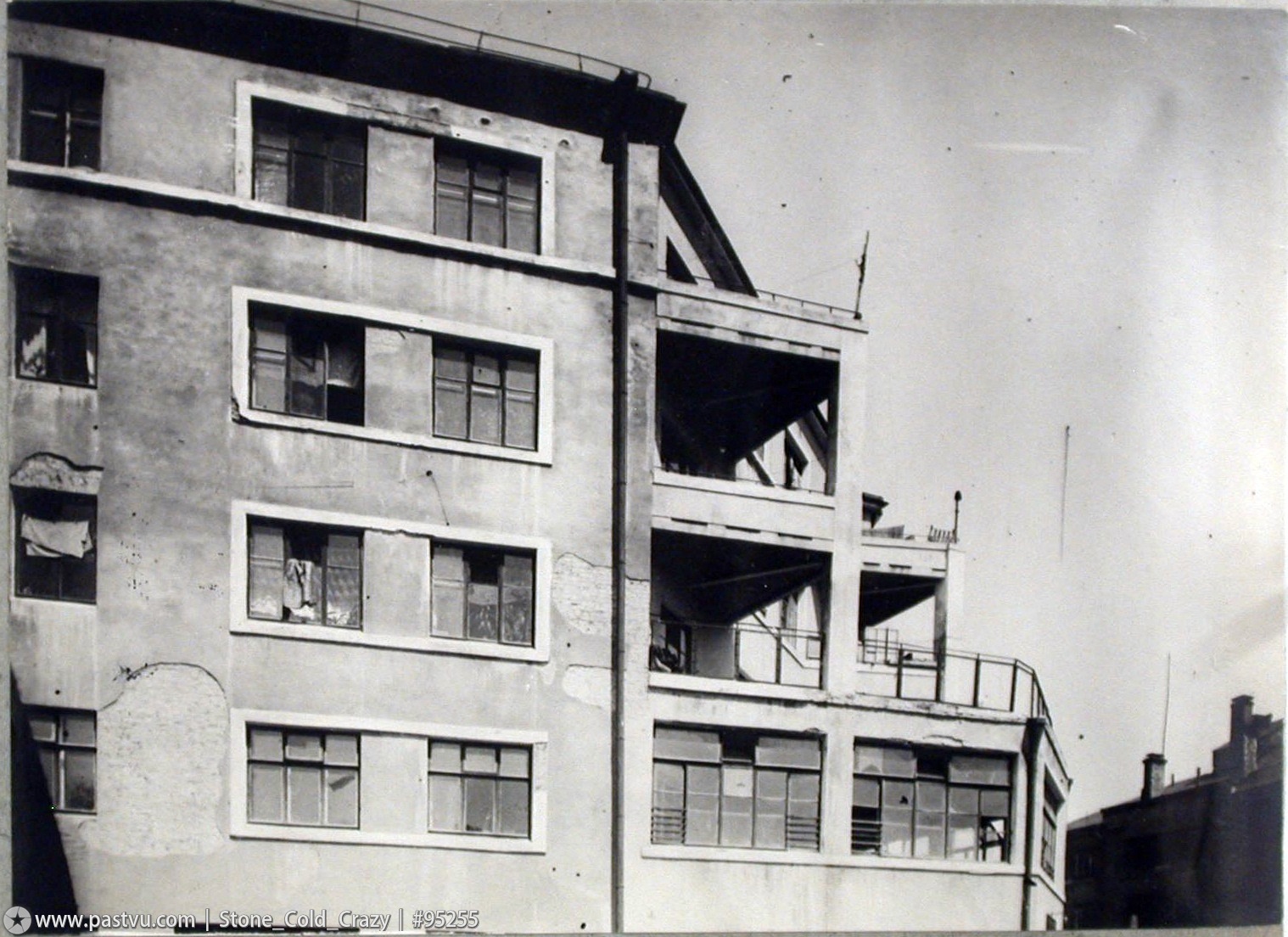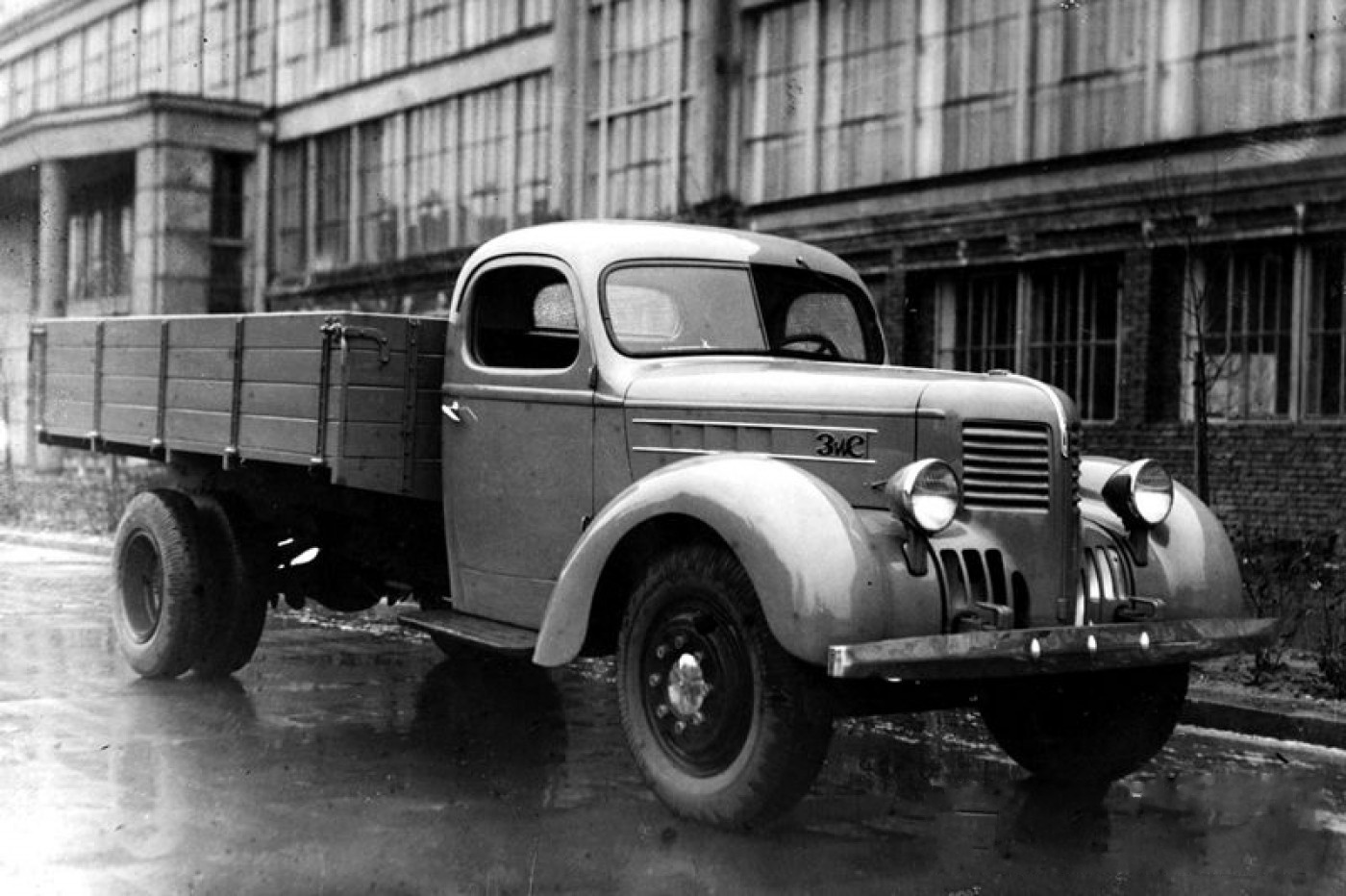Table Of Content

The purpose of a charnel house also ties into the reasons why people bury the dead. In some instances, people would bury the dead to ensure the body had enough time to fully decompose. Once the proper amount of time had elapsed, they would dig up the bones.
Futaba Cake Building
The more time you spend looking at the skulls the more you begin to imagine who they were and the lives they led. The bones at Hallstatt have not been arranged into complex designs, and at around 1000 strong the numbers cannot compare to many of the other catacombs in Europe. But thousands of visitors make the trek to the tiny rural town to see them none-the-less, because around 600 of the skulls have been painted with a variety of designs. The current building is the eighth church to occupy the site on Fleet Street, with the first most likely being built in the 6th century by Irish missionaries. A different incarnation subsequently built on the spot in the Middle Ages was destroyed in the Great Fire of London in 1666.
Learn more about this artwork

An ossuary is a chest, box, building, well, or site made to serve as the final resting place of human skeletal remains. A body is first buried in a temporary grave, then after some years the skeletal remains are removed and placed in an ossuary ("os" is "bone" in Latin[1]). The greatly reduced space taken up by an ossuary means that it is possible to store the remains of many more people in a single tomb than possible in coffins. A charnel house is a building, chamber, or other area in which bodies or bones are deposited, also known as a mortuary chapel.
Charnel Houses
Certain changes in understanding and organization of burial space, combining traditional view and new trends, can be traced in antiquity, even if variations happened slowly and gradually. Hellenistic period was not an exception, as it is demonstrated by findings from various localities. Numerous tombs can be considered as space devoted to specific activities in honor and memory of deceased. From this point, coexistence of poleis, mixed cities with various legal rights or numerous communities were crucial in western Anatolia.
Penélope Cruz was nominated for the Outstanding Performance by a Female Actor in a Supporting Role award for her performance in the film “Ferrari”, directed by Michael Mann. Bel Powley was nominated for the Outstanding Performance by a Female Actor in a Television Movie or Limited Series award for her role in “A Small Light”.Penélope Cruz and Bel Powley also wore CHANEL High Jewelry pieces. Many other famous ossuaries have been somewhat commercialized, with guided tours and even gift shops selling replica skulls and t-shirts. Hallstatt remains a solemn place where ancestors can be remembered, both as individuals and en masse. The more impressive ossuaries are remarkable and the people who made them must have been incredibly proud of their work. They are remarkable places, and their pride is entirely justifiable, but turning the bones into frescoes or using them as components to build other items is entirely different to the way they have been treated at Hallstatt.
Places to Experience Star Wars in Real Life
Modification of older ancestor cult in the burial customs was clearly visible yet in classical Caria or Lycia. Memorials of wealthy members of society and benefactors had become more and more common and popular in the following period. These monuments can be seen as partial and smaller scale inspiration of building programme of local dynasts, but their owners were more related to the aristocratic settings. Certain similarities were visible in the various types of arts in the Greek mainland, bearing message concerning public life, awareness, affiliation or legitimacy of ruling power already in pre-Classical period. This tradition had continued throughout antiquity in wide geographical sphere. Epigraphic evidence, presence of altars, iconography of built or rock-cut tombs in south-western Anatolia in the Hellenistic period suggest more emphasis on cult activities linked with sacrifice and banqueting.
Rockin' the Book World - Fine Books and Collections - Fine Books & Collections Magazine
Rockin' the Book World - Fine Books and Collections.
Posted: Sat, 27 Apr 2019 15:40:20 GMT [source]
I know charnel house is a pretty specific term, but there are a few synonyms you can choose from, especially when you’re penning that horror novel or spooky Halloween poem. In Persia, the Zoroastrians used a deep well for this function from the earliest times (c. 3,000 years ago) and called it astudan (literally, "the place for the bones"). There are many rituals and regulations in the Zoroastrian faith concerning the astudans. Follow us on Twitter to get the latest on the world's hidden wonders.
Related Articles on Ancient-Origins
Consider supporting our work by becoming a member for as little as $5 a month. It may not be exactly the same as visiting a charnel house in real life, but it’s a substitute to consider for anyone not in a position to travel to the few actual charnel houses still standing throughout the world. For example, researchers from the UK’s University of Sheffield have recently completed a 3-D digital model of the Rothwell charnel chapel.
However, the purpose they now serve may be somewhat different from that of past charnel houses. It seems the people involved in maintaining Hallstatt Charnel House fully embraced the idea of turning human bones into decorations. This guide will explain what that difference is and describe some of the world’s most famous charnel houses, a few of which you can visit. Despite its dazzling architecture and fresh design, Chanel's new space is steeped in the brand's generations-deep ethos and bears marks of all those who have shaped it along the way. The boutique opens its doors just in time for Chanel's highly-anticipated 2024 Cruise collection, which will be unveiled on May 9.
Once the houses had served their purpose, they were burned to the ground and covered by earth, creating a sort of burial mound. Anthropologist William F. Romain in Mysteries of the Hopewell notes that these charnel houses were built in the form of a square, and their diagonals could be aligned to the direction of maximum and minimum moon-sets both north and south. Bodies were exhumed after only a few years, typically between 10 and 15, before the bones were cleaned and left to bleach under the light of the sun and moon.
The term can also be used more generally as a description of a place filled with death and destruction. It is understandable that the bones needed to be stored somewhere and charnel houses are a practical solution. However, the painted skulls are more than just another way of presenting the bones artistically.
Below you can find a selection of Cohen’s books and articles in PDF form, followed by my aforementioned interview with him and the review I wrote of his CCA exhibit on “Amerikanizm” in Russian architecture. People are increasingly turning to new and innovative ways to deal with human remains. Having a loved one turned into a diamond, biodegradable urns to nourish saplings, and even ancient style barrow burials are all available to us in 2019. The Capela dos Ossos (Chapel of Bones) in Évora, Portugal was built by a Franciscan monk who aimed to create a place of contemplation where visitors would reflect on the transitory nature of life.
The charnel house at St. Bride’s Church in London is another one that remained undiscovered for many years. Like many other churches, its grounds have served as home to various churches for centuries. As the above entry noted, those storing remains in charnel houses often arranged them to look almost like decorations. As a result, a common sight at a charnel house might be a wall featuring seemingly countless skulls stacked on top of each other, staring back at onlookers.
Overlooking the Alps, in the idyllic Austrian mountain town of Hallstatt, a few hundred grave markers indicate the resting place of former residents. But those who choose to be buried there know that their final resting place will not be the sleepy little graveyard, but the subterranean charnel house (known as the beinhaus or ‘bone house’) a few short steps away. According to The Guardian, the charnel house – or bone store – at Rothwell, dating to the 13th century is of international importance.

It may be indicated also by recent finds of Π-shaped tomb from Labraunda temenos. Since the Middle Ages the Church has had dominion over the dead, and so it would be fair to assume that religious identities were a strong contributor to post-medieval mortuary behaviour. However, religion is just one part of a selection of different conflicting identities expressed in the act of burial.
A dedicated space to le19M — founded by CHANEL in Paris/Aubervilliers — will offer the chance to try your hand at a collective embroidery project. Because the bones were exhumed so soon after death there were usually surviving friends and family members who remembered the deceased. After the skulls were painted they would be laid to rest near the remains of other ancestors by their remaining loved ones. Distinctive family names appear time and time again, over the course of generations and the style of the paintings evolves as successive artists took over the role of skull-painter.

No comments:
Post a Comment